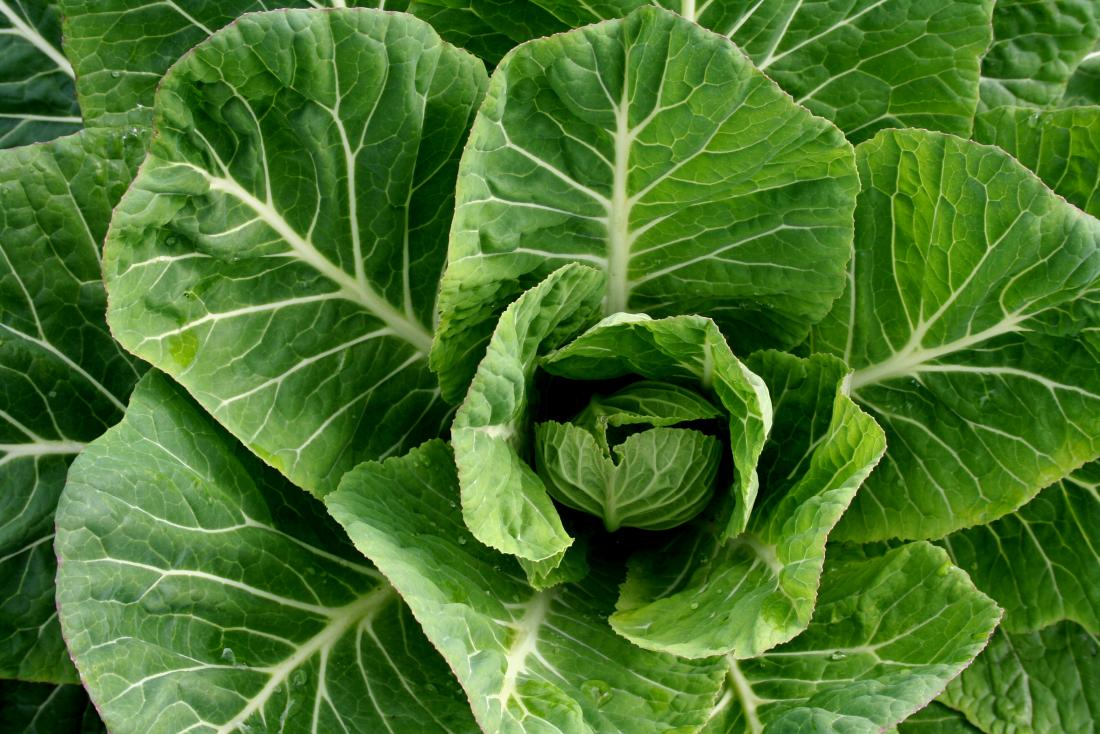One cup of boiled collard greens provides 2.5 mg of iron.
Sleep and mood
Collard greens contain choline, an important neurotransmitter. A cup of boiled collard greens provides nearly 35 mg of vitamin C.
Iron prevents anemia, a common cause of hair loss. In addition, studies have used intravenous ALA. They were looking for possible links between the incidence breast cancer and the consumption of cruciferous vegetables.
The findings suggested that consuming cruciferous vegetables may lower the risk of breast cancer, especially in women who have not yet reached menopause. These help to prevent constipation, promote regularity, and maintain a healthy digestive tract.
Healthy skin and hair
Collard greens have a high vitamin A content. They note that cooking methods may make a difference, as cooking some cruciferous vegetables can reduce the levels of glucosinolates.
Whether this is true of collard greens or not was unclear from this study, as most people do not eat collard greens raw.
There is evidence that collard greens and other green vegetables that contain high amounts of chlorophyll can help to block the carcinogenic effects of heterocyclic amines. It also supports the immune system and the eyes and helps keep the body’s organs healthy.
Vitamin C enables the body to build and maintain levels of collagen, which provides structure to skin and hair.
An adult woman needs 75 mg of vitamin C a day, and a man needs 90 mg. Choline helps with mood, sleep, muscle movement, learning, and memory functions.
Choline also helps to maintain the structure of cellular membranes, the transmission of nerve impulses, the absorption of fat, and the reduction of chronic inflammation.
Folate, also present in choline, may help with depression, as it can prevent an excess of homocysteine from forming in the body.
Scientists have found high levels of homocysteine in people with bipolar disorder and depression related to alcohol use disorder.
Consuming folate may help reduce the risk of depressive symptoms in some people.
. Vitamin A is necessary for sebum production, and this keeps hair moisturized.
Vitamin A is crucial for the growth of all bodily tissues, including skin and hair. A lack of iron in the diet can affect how efficiently the body uses energy. While “normal” amounts can help prevent oxidative stress, high levels may lead to cell damage.
Researchers have found that consuming collard greens improved liver function in rats with high blood pressure.
Digestion
Collard greens are high in both fiber and water content. Collard greens, spinach, lentils, tuna, and eggs are good sources of iron.
Adults need to consume 8 mg of iron a day, and women during their reproductive years need 18 mg. Why you should eat your collard greens
The cruciferous family includes bok choy, kale, broccoli, Brussels sprouts, cabbage, rutabaga, and turnips. Cruciferous vegetables are high in nutrients and low in calories.
A diet that is rich in fruits and vegetables appears to help reduce the risk of many lifestyle-related health conditions.
A high intake of plant foods, such as collard greens, appears to decrease the risk of a number of health conditions, including obesity and overall mortality, diabetes, and heart disease.
Bone health
A low intake of vitamin K can increase the risk of osteoporosis and bone fracture.
Vitamin K acts as a modifier of bone matrix proteins, it improves calcium absorption, and it may reduce urinary excretion of calcium.
One cup of boiled collard greens provides 770 micrograms of vitamin K.
One cup of collard greens provides this much vitamin K several times over.
Cancer
Studies suggest that people who eat plenty of cruciferous vegetables have a lower risk of developing various types of cancer, including cancer of the upper digestive tract, colorectal, breast cancer, and kidney cancer.
Cruciferous vegetables have sulfur-containing compounds known as glucosinolates.
These compounds may help prevent the cancer process at different stages of development for lung, colorectal, breast, and prostate cancers, and possibly melanoma, esophageal cancer, and pancreatic cancer.
In , researchers published the results of a study involving nearly 3,000 people. Oral supplementation may not provide the same benefits.
Excessively high doses of ALA appear to produce adverse effects similar to those caused by too little. These substances are generated when grilling foods at a high temperature.
Diabetes and liver function
The Dietary Guidelines for Americans recommendTrusted Source 22.4 to 28 grams of fiber a day for women, depending on age, and 28 to 33.6 grams a day for men.
Results of a study published in suggest that a high intake of fiber might reduce inflammation and glucose levels in people with type 1 diabetes.
It may help people with type 2 diabetes to achieve better levels of blood sugar, lipids, and insulin.
One cup of boiled collard greens provides nearly 8 grams of fiber.
Collard greens also contain an antioxidant known as alpha-lipoic acid.
Studies suggest that alpha-lipoic acid (ALA) can lower glucose levels, increase insulin sensitivity, and prevent changes related to oxidative stress in people with diabetes. It can also help to regenerate liver tissue.
Investigators have also observed that ALA may decrease the symptoms of peripheral neuropathy in people with diabetes.
However, it remains unclear whether ALA can be effective as a long-term treatment.




Comments
Post a Comment